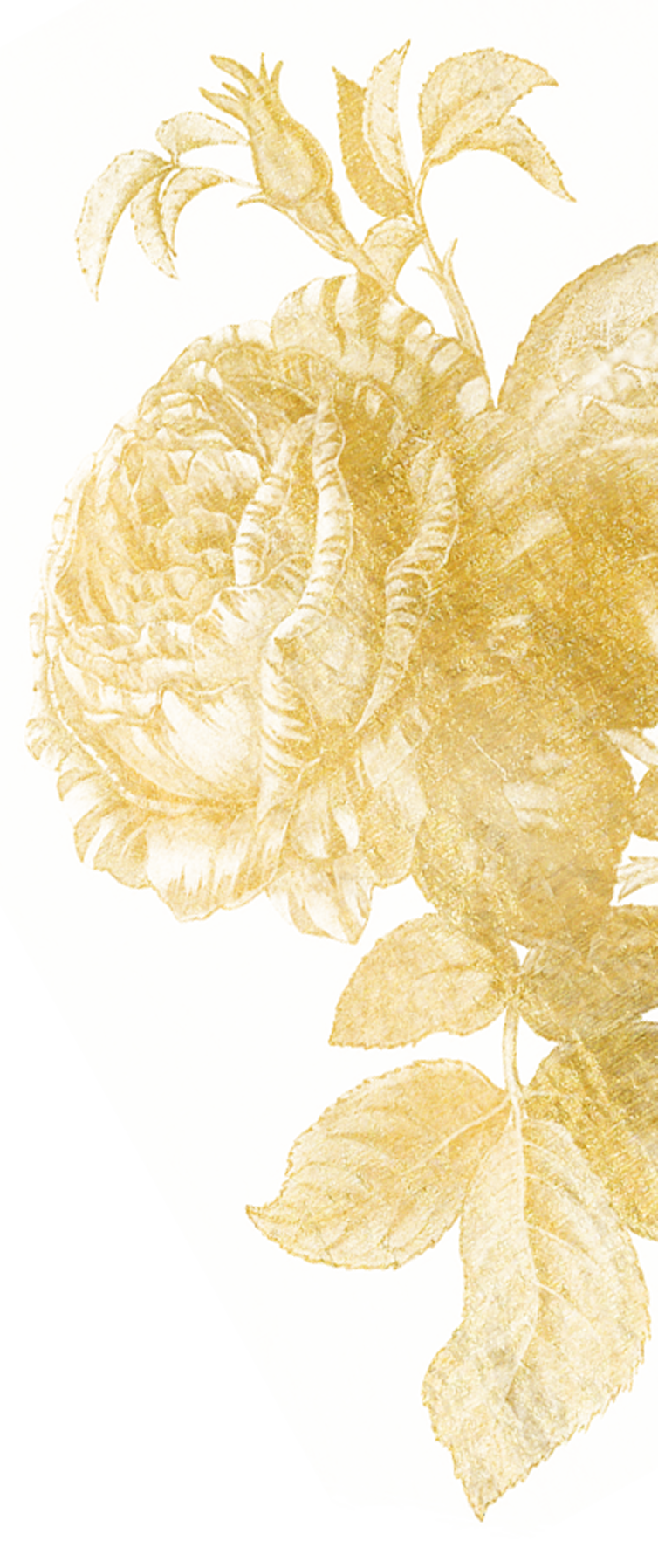We are getting MARRIED


Jewish Ceremony Components
Question
Signing of the Ketubah
Answer
The ketubah is a legal document outlining the groom's various responsibilities - to provide his wife with food, shelter, and clothing, and to be attentive to her needs. The document is signed by witnesses and has the standing of a legally binding agreement in Jewish culture.
Question
Badeken
Answer
The veiling of the bride by the groom. The groom lowers the veil over the bride's face to avoid mistaking her for another, as Jacob did when he married Leah instead of Rachel, the woman he loved. The veil also symbolizes the idea of modesty and conveys the lesson that however attractive physical appearances may be, the soul and character are paramount. This also signals the groom's commitment to clothe and protect his wife.
Question
Chuppah
Answer
The actual wedding ceremony takes place under the chuppah (canopy), a symbol of the home that the new couple will build together. The chuppah symbolizes the new home to which the bridegroom will take his bride. In this context, the appearance of the bride and groom together under a chuppah before an assembly who have come to witness the event is in itself a public proclamation by them that they are now bonded together as man and wife. It is a prelude to intimacy, and thus a significant element in nissuin [marriage]. Under the chuppah, the bride and groom circle each other three and a half times, for a total of seven times. This symbolizes their commitment to making each other the center of their world. Seven is also the spiritual number for wholeness and completeness, as God created the world in seven days.
Question
Sheva Brachot (Seven Blessings)
Answer
The sheva brachot are seven traditional wedding blessings. The blessings build in complexity, progressively unfolding in praise of creation itself, the creation of human beings, the joy of the couple, and the establishment of a household.
Question
Breaking of the Glass
Answer
After the conclusion of the ceremony, Gleb will break a glass with his right foot. This practice calls upon us to remember that although the couple came together in a single union, there is brokenness in the world and that we are obligated to work toward justice and wholeness for all. Upon breaking of the glass, we ask everyone to shout, "Mazel tov!" (Hebrew for Good Luck).
Question
Have a question about logistics or weekend activities?
Answer
Reach out to Gleb, Janet, or Janet's mother, Fredrika (770-655-2678)